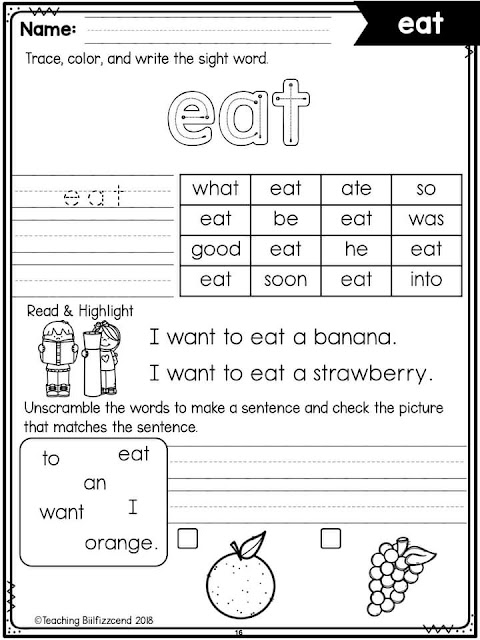ONLINE GAME TIME 25 Online Games for Teaching English Today, with a multitude of teachers and their students moving to online classes, interactivity and creativity take on a new whole emphasis. For online classes to be successful, they must be interactive and student-focused in a way that is totally foreign to that which was experienced in the physical classroom. No matter the demographics of the students, they can build up their skills, no matter their age or proficiency, through game-based learning . The Internet, in its infinite providence, does not disappoint when it comes to hosting effective resources for teaching and reviewing the core components of the English language. In this article, I have outlined a few particularly useful games, or more accurately in most cases, suites of games that are guaranteed to add fun, creativity, and interactivity into any English class. Good luck and good game-time to you and your students. GameZone : Dozen...





















Comments
Post a Comment